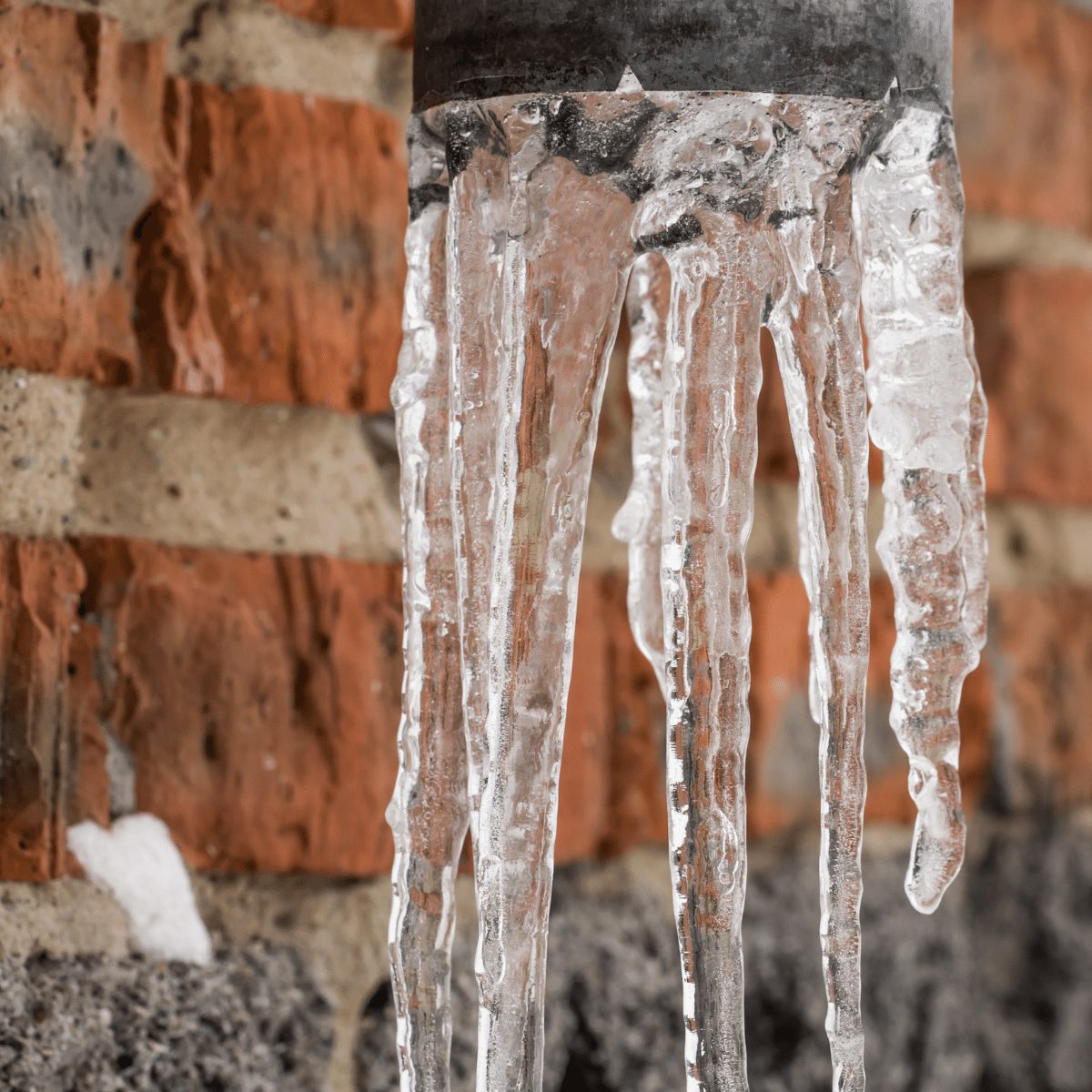Just how do you feel about Prevent Frozen Pipes ?

Winter can wreak havoc on your pipes, particularly by freezing pipelines. Here's how to stop it from occurring and what to do if it does.
Intro
As temperature levels decrease, the risk of frozen pipelines increases, possibly resulting in expensive repair work and water damage. Understanding just how to avoid icy pipelines is important for homeowners in cool climates.
Recognizing Frozen Pipelines
What triggers pipes to ice up?
Pipes ice up when exposed to temperature levels below 32 ° F (0 ° C) for expanded periods. As water inside the pipelines ices up, it expands, taxing the pipe wall surfaces and possibly triggering them to rupture.
Threats and damages
Frozen pipelines can bring about water disruptions, property damage, and expensive repair services. Burst pipes can flood homes and trigger substantial structural damages.
Indications of Frozen Piping
Recognizing icy pipes early can prevent them from breaking.
Exactly how to identify frozen pipes
Search for reduced water flow from faucets, unusual smells or noises from pipes, and visible frost on revealed pipelines.
Prevention Tips
Insulating vulnerable pipelines
Cover pipes in insulation sleeves or use warm tape to secure them from freezing temperature levels. Focus on pipes in unheated or outside areas of the home.
Heating techniques
Maintain indoor areas sufficiently heated up, especially areas with pipes. Open cabinet doors to enable warm air to circulate around pipelines under sinks.
Securing Outside Plumbing
Garden tubes and outside faucets
Separate and drain garden pipes before winter months. Set up frost-proof spigots or cover exterior faucets with protected caps.
What to Do If Your Pipelines Freeze
Immediate actions to take
If you think icy pipes, keep taps open up to alleviate stress as the ice thaws. Make use of a hairdryer or towels taken in warm water to thaw pipes slowly.
Long-Term Solutions
Structural modifications
Take into consideration rerouting pipes away from exterior walls or unheated areas. Add additional insulation to attics, cellars, and crawl spaces.
Updating insulation
Purchase high-grade insulation for pipes, attics, and wall surfaces. Proper insulation helps preserve consistent temperature levels and minimizes the danger of frozen pipelines.
Conclusion
Protecting against frozen pipes needs aggressive steps and fast actions. By understanding the causes, signs, and preventive measures, house owners can protect their pipes throughout winter.
5 Ways to Prevent Frozen Pipes
Drain Outdoor Faucets and Disconnect Hoses
First, close the shut-off valve that controls the flow of water in the pipe to your outdoor faucet. Then, head outside to disconnect and drain your hose and open the outdoor faucet to allow the water to completely drain out of the line. Turn off the faucet when done. Finally, head back to the shut-off valve and drain the remaining water inside the pipe into a bucket or container. Additionally, if you have a home irrigation system, you should consider hiring an expert to clear the system of water each year.
Insulate Pipes
One of the best and most cost-effective methods for preventing frozen water pipes is to wrap your pipes with insulation. This is especially important for areas in your home that aren’t exposed to heat, such as an attic. We suggest using foam sleeves, which can typically be found at your local hardware store.
Keep Heat Running at 65
Your pipes are located inside your walls, and the temperature there is much colder than the rest of the house. To prevent your pipes from freezing, The Insurance Information Institute suggests that you keep your home heated to at least 65 degrees, even when traveling. You may want to invest in smart devices that can keep an eye on the temperature in your home while you’re away.
Leave Water Dripping
Moving water — even a small trickle — can prevent ice from forming inside your pipes. When freezing temps are imminent, start a drip of water from all faucets that serve exposed pipes. Leaving a few faucets running will also help relieve pressure inside the pipes and help prevent a rupture if the water inside freezes.
Open Cupboard Doors
Warm your kitchen and bathroom pipes by opening cupboards and vanities. You should also leave your interior doors ajar to help warm air circulate evenly throughout your home.

I ran across that piece of writing about How to prepare your home plumbing for winter weather while scouting around the internet. Enjoyed our content? Please share it. Let other people check it out. I thank you for your readership.
Prices & Booking